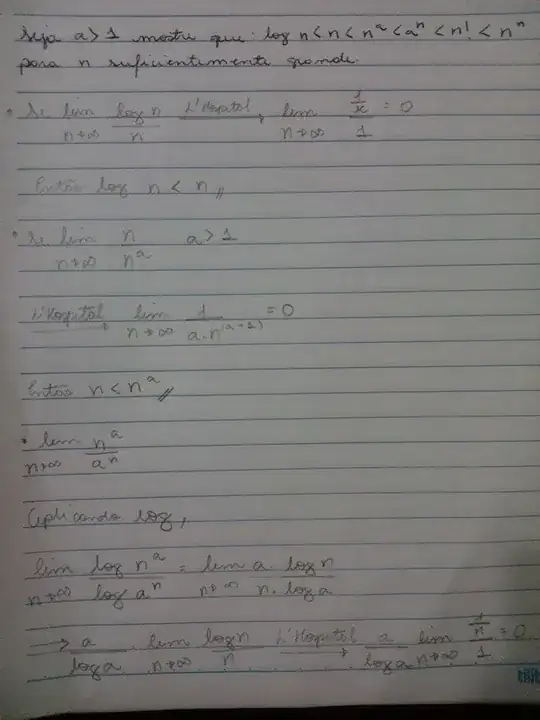Let's look at the ratio
$$\frac{a^{n+1}/(n+1)!}{a^n/n!}=\frac{a}{n+1}<\frac12$$
for $n>2a-1$. Thus, for $n>2a-1$, the terms of the sequence decay faster than the geometric progression $\frac{1}{2^n}$. By comparison, the sequence tends to zero.
Now let's look at $\lim_{n\to \infty}\frac{n!}{n^n}$. Recall Stirling's formula
$$n!=\sqrt{2\pi n}\left(\frac{n}{e}\right)^n\left(1+O\left(\frac{1}{n}\right)\right)$$
Then, we have
$$\begin{align}
\lim_{n\to \infty}\frac{n!}{n^n}&=\lim_{n\to \infty}\frac{\sqrt{2\pi n}\left(\frac{n}{e}\right)^n\left(1+O\left(\frac{1}{n}\right)\right)}{n^n} \\\\
&=\lim_{n\to \infty}\sqrt{2\pi n}e^{-n}\left(1+O\left(\frac{1}{n}\right)\right)\\\
&=0
\end{align}$$
